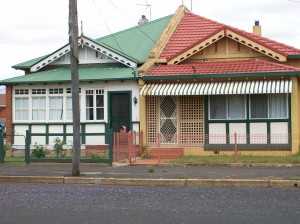If you have unused space on your land, you can use it to generate extra income. Now, owning a secondary dwelling is permitted while building a new home or renovating an existing one. But, you need to follow some rules and regulations before you can get an approval for the construction. While the expenses may not amount to much, strict rules have to be followed and the plans have to be approved by concerned authorities before you can rent it out.

Secondary dwellings are also called well-designed granny flats. While the rules for getting an approval vary in different localities, there are certain general guidelines provided. These include the following:
- This dwelling cannot be an independent construction on an unoccupied property. It also cannot be built on land primarily meant for commercial use. It has to be an addition to a main house on the property in a residential area.
- This dwelling should be self contained. It should have a separate entrance and independent living, cooking, sleeping, toilet, and bathing facilities. It may or may not have independent parking slots.
- The separate entrance cannot go through any living area. Also, t should have free street access.
- Only one dwelling is allowed on one property. The owner of the main home and the secondary dwelling should be the same individual.
- The secondary dwelling should be smaller than the primary house. The living space cannot exceed 60 square meters of living and 12 square meters of veranda area.
The approval should be obtained through the Development Application (DA), but it is possible to get it within 10 days, provided all the paper work and the documents are in order. The government in some areas in Australia encourages builders to build quality granny flats and turn them into affordable housing. Hence, the approvals are processed quickly. The government also has some other rules in place, so that developers do not cross the definition of a secondary dwelling.